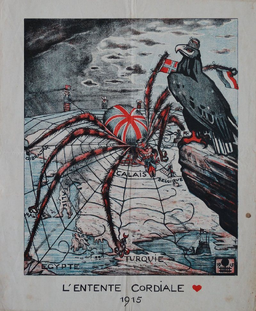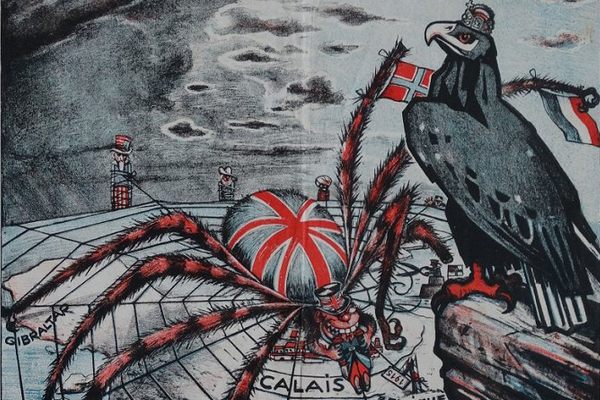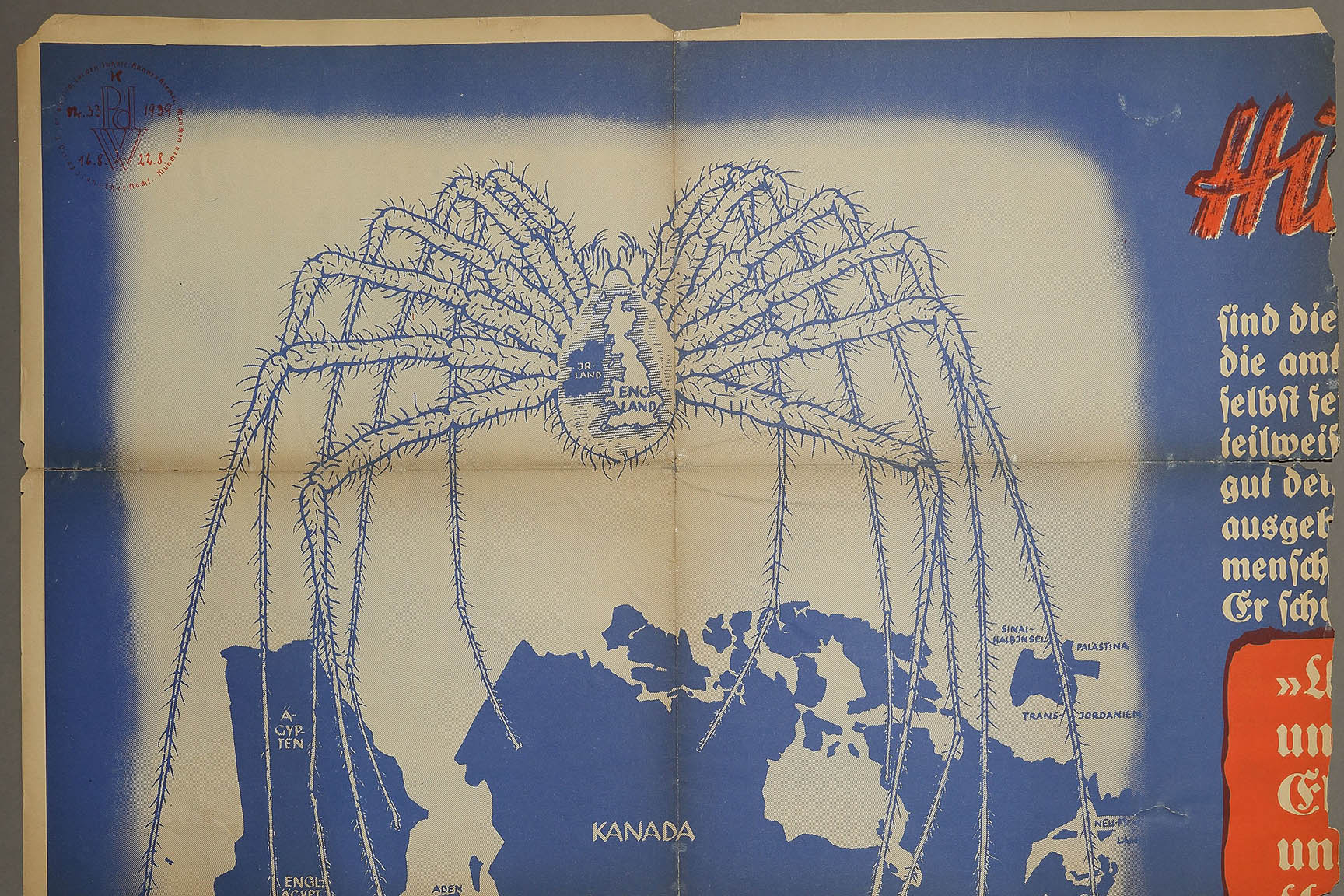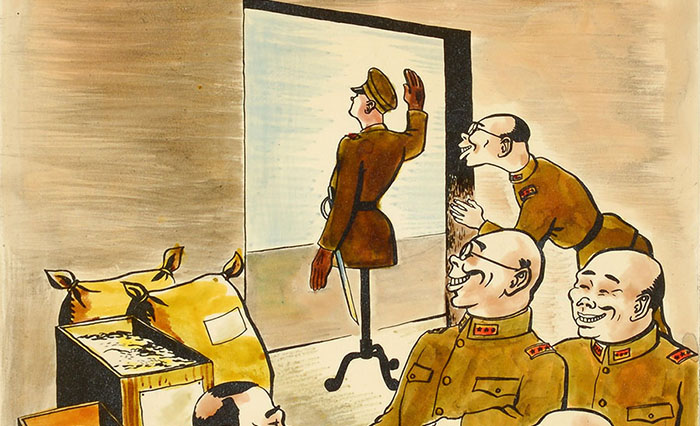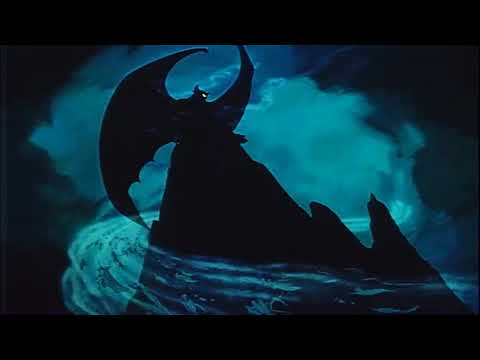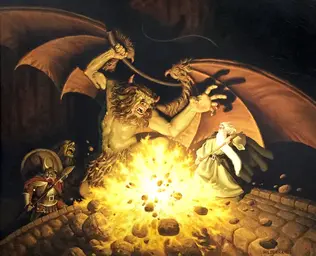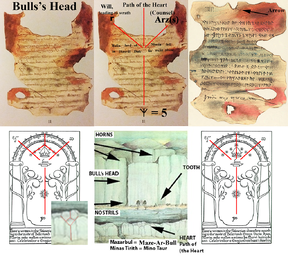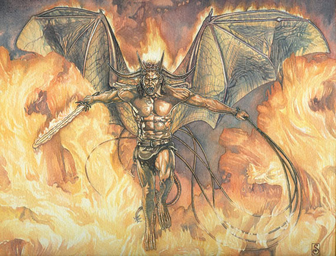Steuard Jensen
15 de set. de 1998, 04:00:00
para
Quoth Michael Martinez <
Mic...@xenite.org>:
> The problem with the "might be right" issues that the TEXTS only
> point one way. There is nothing in the texts which suggest the
> Balrogs were wingless, where the texts do say they had them. So, I
> can see that the other side wants Balrogs not to have wings, but I
> don't see how they *might* be right.
I've said this before, but I think it deserves saying again here. I
don't believe that _Tolkien_ was consistent in his thoughts on Balrog
wings. More on how this might be smoothed over at the end of the
message.
I believe that the phrasing of the "winged speed" passage, while not
absolutely unambiguous, strongly indicates that Balrogs have wings.
(The combination of "winged", "over", and "tempest" in a single place
finally convinced me, despite my reluctance.) Yes, all of these words
can be easily interpreted in ways that do not involve literal wings,
but having all three together makes the literal interpretation the
most likely, to my mind. Also, it cannot be denied that wings or no
wings, there's a lot of "wingish" imagery associated with Balrogs in
general.
On the other hand, I am quite convinced that the description of the
Balrog in Moria involves _only_ non-corporeal "wings" of shadow (and
hence not the sort of thing that would allow one to fly). I simply
cannot bring myself to believe that Tolkien would have been so
careless in his use of language as to use the phrase
"the shadow about it reached out like two vast wings"
two short paragraphs before
"its wings were spread from wall to wall"
without the "wings" referring to the same thing.
I have given more detailed discussion of this point in earlier
incarnations of this thread, but this is the crux of the argument.
While it is possible that Tolkien did indeed mean for these passages
to be taken seperately (which must be Michael's assertion when he
states that "the texts do say [Balrogs] had [wings]" in relation to
this passage), it is AT LEAST as valid to assert that Tolkien intended
the second passage to be read in light of the first.
As an example of the importance of context, consider this text:
"Billy flew out of school like a hawk intent on its prey. When
he flew into his house minutes later, he voraciously devoured the
cookies his mother had made for him."
It is clearly _not_ valid to assert that Billy could fly based only on
the phrase "When he flew into his house". While this doesn't prove
that this was Tolkien's intention in the Balrog's case, it DOES prove
that the in-context, "wings-as-metaphor" assertion is a very valid way
of reading the text. As I firmly believe it to be the reading that
Tolkien intended, I believe that this passage very strongly indicates
that Balrogs do not have wings in any usual sense of the word.
Of course, this flatly contradicts my reading of the "winged speed"
passage, as I noted from the start. My current preferred
interpretation of this is as follows: Balrogs in the First Age
probably had wings. However, realizing that a spirit of fire would be
awfully easy for the Valar to find in the air or on the ground, the
Balrog of Moria decided to hide out underground. While hibernating,
playing solitaire, eating Dwarves, and whatever else it did down
there, it probably had very few uses for those wings, which would be
more of a hinderance than anything else.
Being an Ainu, even if a low-grade one, it was able to slowly modify
its physical form, reducing its wings from their former flight-capable
state to an ominous, shadowy, rather wing-shaped cloud. That sort of
thing would be both more manageable and more useful underground than
actual flappy wings. (The shadow probably remained winglike in shape
because the Balrog was still somewhat bound to its habitual form, as
discussed in the latest issue of Vinyar Tengwar.) Of course, when the
bridge broke, it would not have had the years or centuries required to
fully remanifest the wings to the point of flight. (I would think
that it would have done so if it could have, as Gandalf wasn't going
anywhere but the rest of the Fellowship was about to get away.)
At any rate, that's the best explanatory story that I've been able to
construct to date. I won't say that it's "right", but it's the best
fit to the seemingly contradictory passages that I've been able to
work out. What is _does_ show is that the pro-wings and anti-wings
sides can actually co-exist, if both are willing to concede a few
reasonable points. Three cheers for compromise!
Steuard Jensen



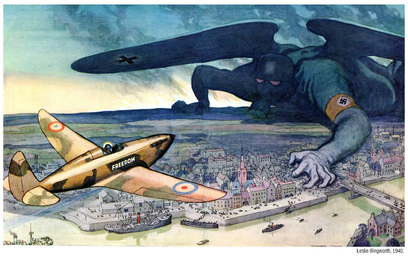
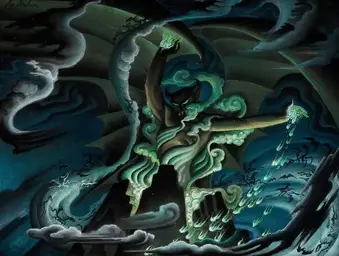
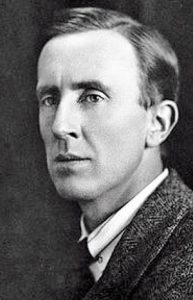
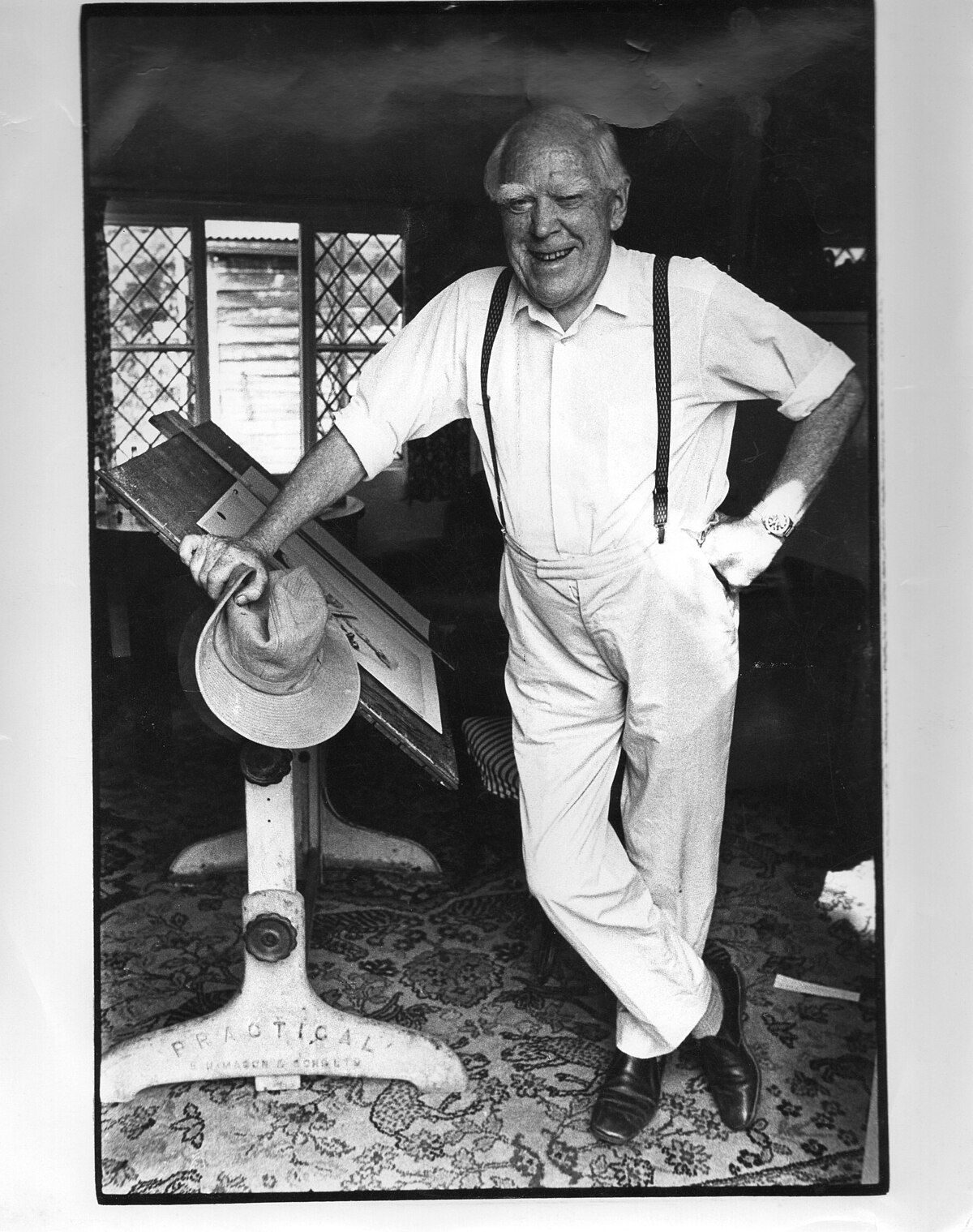
 en.wikipedia.org
en.wikipedia.org







